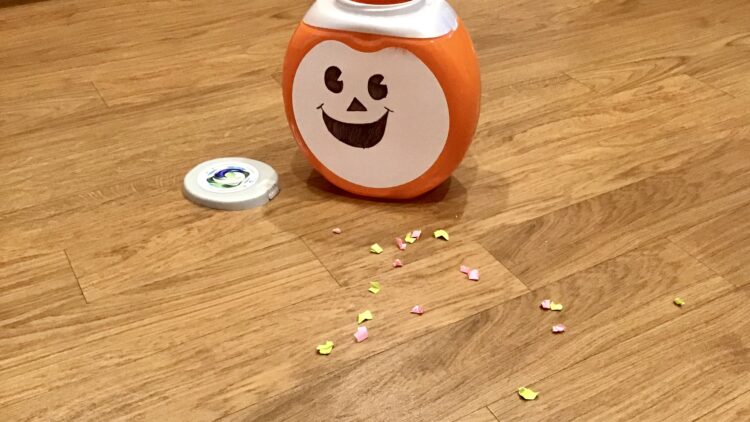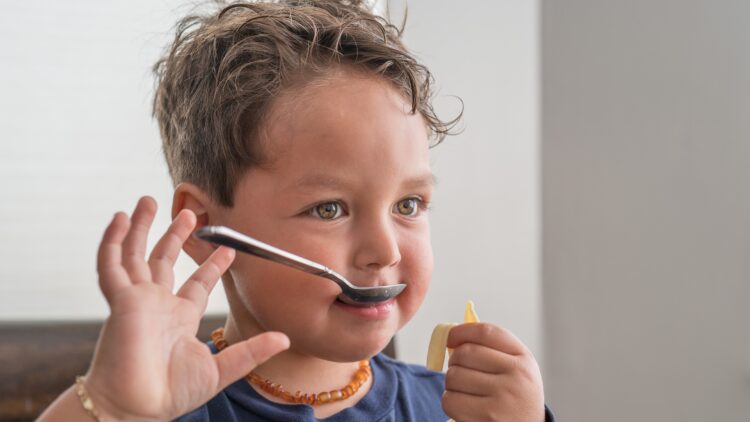
Use of technology with Early Learners’
Technology has transformed the way both adults and children live. Screens have dramatically changed the world of children’s play. Nowadays, little ones spend more time watching television than playing outdoors. Children’s interaction with technology includes large variations such as watching television, playing digital games, using video chats or apps to communicate, or using digital tools to create content, etc. The question for us, as parents, educators, and pediatric professionals is what, how much, and at what pace should we introduce children to the various faces of electronic media.
How to find out what is developmentally appropriate for your little ones when it comes to technology?
Determining when and how to use various technology-based on Three C’S
- Content—How does this help children learn, engage, express, imagine, or explore?
- Context—What kinds of social interactions (such as conversations with parents or peers) are happening before, during, and after the use of the technology? Does it complement, and not interrupt, children’s learning experiences and natural play patterns?
- The individual child—What does this child need right now to enhance his or her growth and development? Is this technology an appropriate match with this child’s needs, abilities, interests, and development stage?
CONTENT
David Elkind, author of “the power of play” explains media content as hot and cold depending upon the level of participation it can allow. For example- The sketch invites more participation than does a photograph. Now let’s consider several factors that make any content whether a computer game, TV program hot or cool. Additionally while considering what content is hot or cool for a specific child, every child would have varying responses and individual differences in their preference for hot and cool media.
Hot content
|
Cool content
|
· Less participation, decreased active learning opportunity
· Stimulating, visually arresting, fast paced
· Violent and entertaining TV shows
· For e.g., For infants and young toddlers, TV shows utilizing attention getting strategies such as bright colors, high pitch sounds and liberal use of repetitive large movements. Infants would prefer to watch such hot media but more likely to be entertained than to engage in active learning
|
· More participation, increased learning opportunity
· Quiet, slow paced, visually interesting
· Educational TV shows
· For e.g., For infants and young toddler’s TV shows with less intrusive visuals, soothing music, scan be used by parents and caregivers during their normal routine activities like diaper change, getting dressed etc.
|
Research corner
- Results of a longitudinal study conducted on adolescent to find out the effects of their television viewing as preschoolers on their academic performance showed that adolescents who preferred watching educational programs (cool) earned higher grades, read more, had better creativity and were less aggressive as compared to the adolescents who watched entertaining and violent television shows as preschoolers.
- Another research study conducted on two- to-three-year kiddos showed that kids who watched cool TV shows such as sesame street were better academically when tested on their reading readiness and vocabulary as compared to kids who watched hot entertaining TV shows.
CONTEXT
The most imperative factor to be considered while understanding the importance of technology usage with young children is, the context in which the technology is used. It should help in increasing learning opportunities in children.
Passive and Active use of technology
Passive use of technology– It occurs when children are consuming content, such as watching a program on television, playing a game on a computer, without any active participation, accompanying reflection, imagination.
Active use of technology– It occurs when children use technologies such as computers, devices, and apps to engage in meaningful learning and active engagement. Examples include sharing their experiences by documenting them with photos and stories, recording their own music, using video chatting software to communicate with loved ones, or using an app to guide playing a physical game. These types of uses are capable of deeply engaging the child, especially when an adult supports them.
Examples of active use of technology
Families can promote the exchange of ideas and expand the child’s imagination by viewing various programs with young children and maximizing their learning opportunities. Most research on children’s media usage shows that children learn more from content when parents or early educators watch and interact with children, encouraging them to make real world connections to what they are viewing both while they are viewing and afterward.
- Strengthen and promote relationships
Amid a global pandemic, the use of video-chat interactions has helped to promote relationships. Schools are virtual which gives an opportunity for children to connect and build positive peer relationship via video chats as well as with educators. While video chatting can be done at any age (as interactions tend to be brief and guided by an adult), new evidence shows that infants and toddlers can attend to and engage in joint attention during video-chat interactions but do so more effectively after approximately 16 months of age and with parental support.
THE INDIVIDUAL CHILD
Every child is unique and so would be their choices. Considering the fact that nothing can replace the face to face interactions and the benefits of natural play for children, there are specific recommendations put forward by American Pediatric Association for various age ranges from 0-8 years with regards to technology usage in children.
Under the age of 2
|
The American Academy of Pediatrics(AAP) has advised parents against television by children under two years of age.
It can be used as a platform to support relationships such as video chatting with family members as a form of social interaction.
Parents who are interested in using media with their children can start around 18 months with high-quality content but should always co-view content and use technology with their children.
|
Ages 2-5
|
New recommendations in the American Association of Pediatrics AAP’s 2016 Media and Young Minds Brief suggest that one hour of technology use is appropriate per day, inclusive of time spent at home and in early learning settings and across devices
|
Ages 6-8
|
Technology should be used as a tool for children at this age to explore and become active creators of content. If they are using virtual learning at school and have more than one teacher, those teachers should be aware of how much screen time is being used across subject areas and at home. Students should learn to use technology as an integrated part of a diverse curriculum.
At home, parents should set limits they feel are appropriate for their children, understanding the differences between passive and active technology use as well as the benefits of using technology with an adult versus solo use.
Parents should also be aware of how much technology is being used in the classroom, what is needed for homework, and how this fit into an overall picture of technology use for their child throughout the day.
The AAP has created an interactive Family Media Plan Tool on HealthyChildren.org to help parents be thoughtful about media exposure for their children.
|




